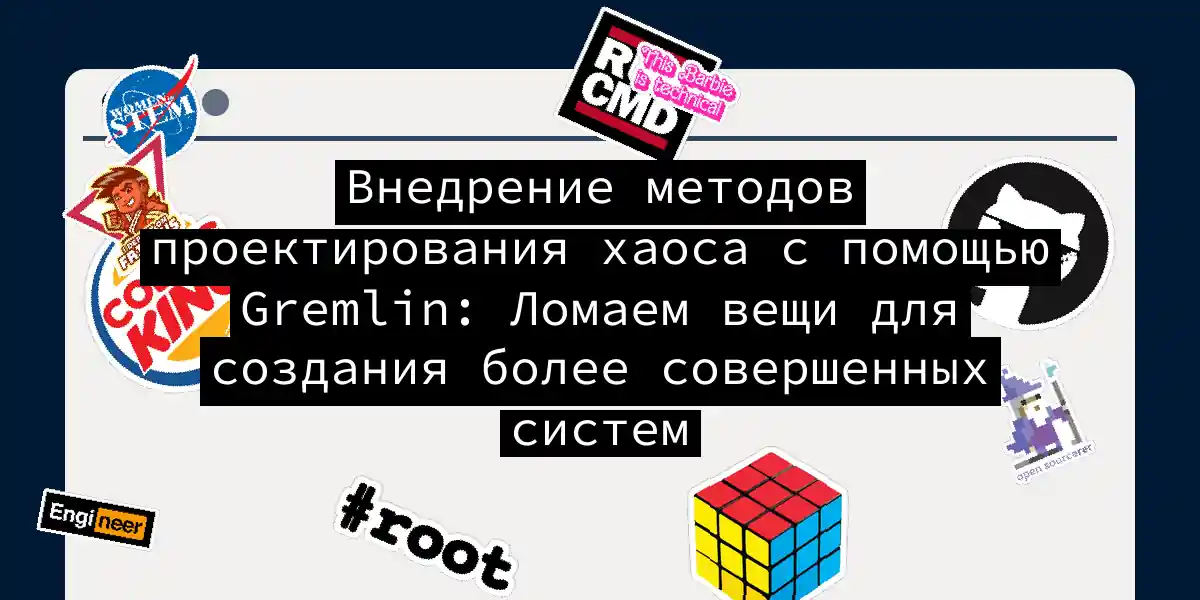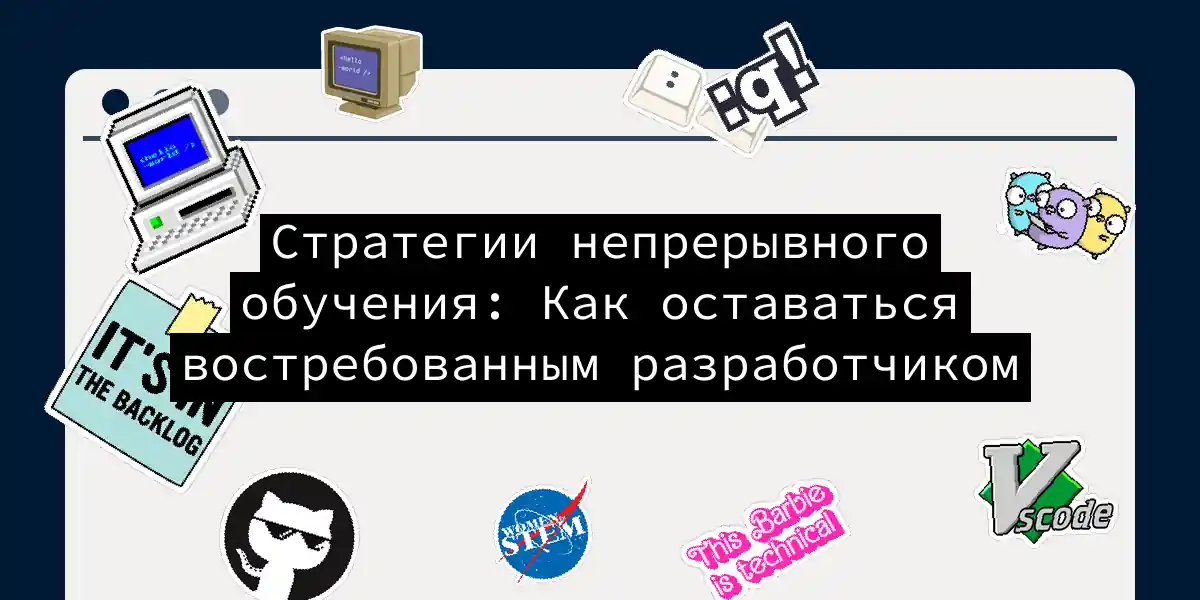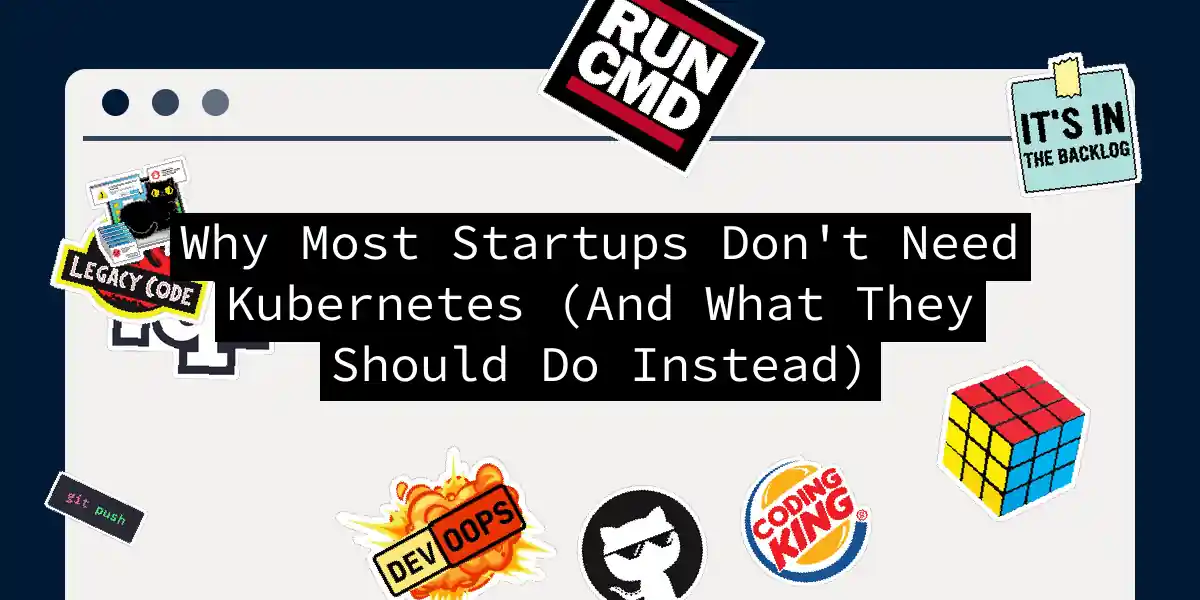
Внедрение методов проектирования хаоса с помощью Gremlin: Ломаем вещи для создания более совершенных систем
Ваша инфраструктура, вероятно, в порядке. Пока всё не пойдёт крахом. И когда в три часа ночи в субботу всё сломается, вы пожалеете, что не потратили немного времени на преднамеренное тестирование отказов в рабочее время. Добро пожаловать в Chaos Engineering с Gremlin — здесь мы выступаем в роли ответственных поджигателей в архитектуре вашей системы, устраивая контролируемые пожары, чтобы проверить, какие спринклеры действительно работают. Понимание философии Chaos Engineering Если ваши системы не давали сбоев в контролируемой среде, они обязательно дадут сбой в неконтролируемой....



